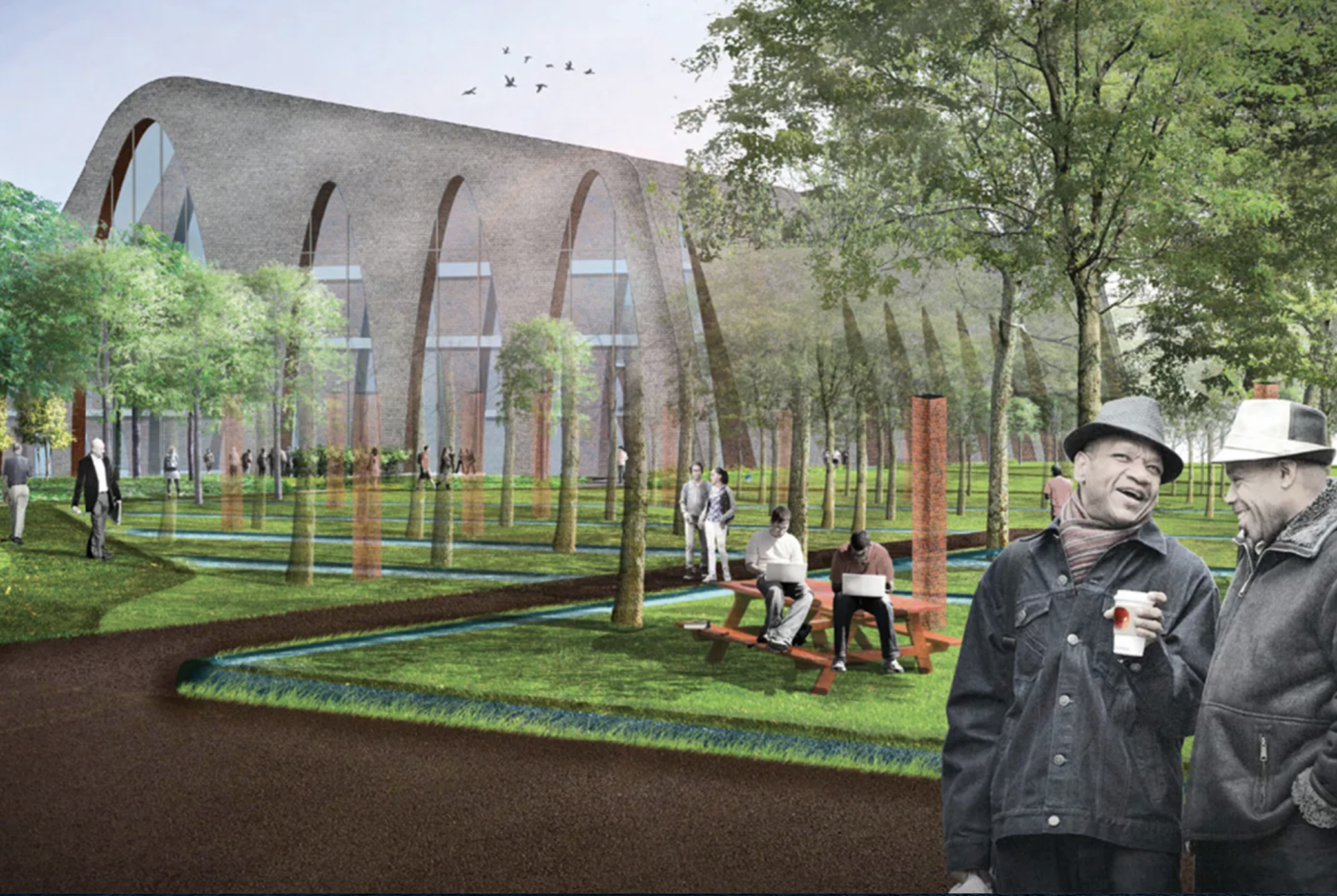Picture a landscape. You’re standing in the middle of it. Now add a building in front of you. What changed?
It’s likely that the spot where you’re standing got a bit warmer as the building breaks the wind flowing through the area and creates pockets of stagnant air, reflects sunlight from its walls, and emits heat generated by its operating systems. It may have also replaced some greenery, but casts some of its own shade.
The building likely also adds some amenities and services that the neighborhood might not have had access to before. Maybe it has a cafe where friends can gather.
There are many ways that infrastructure transforms its immediate surroundings, and that can impact the other inhabitants of a neighborhood, whether they’re plants and animals or humans, says Michelle Laboy, assistant professor of architecture at Northeastern. But during site planning, she says, architects typically look at the climate of the broader region rather than the development’s specific street corner.
Laboy and an interdisciplinary team of Northeastern experts are working to change that.
The team, which also includes Amy Mueller, assistant professor of engineering, Moira Zellner, professor of public policy and urban affairs, and Daniel O’Brien, associate professor of public policy and urban affairs, propose a new process for development that incorporates localized information about how a project will transform its surroundings, taken from a system of sensors and revising the role of community input in development projects.
Their proposal, called Common SENSES (Standards for ENacting Sensor networks for an Equitable Society) has won the Latrobe Prize from the American Institute of Architects College of Fellows, which provides funding for the team to see it to fruition, applying their new process to a real development project in collaboration with the city of Chelsea, Massachusetts.
Read more on News@Northeastern.

